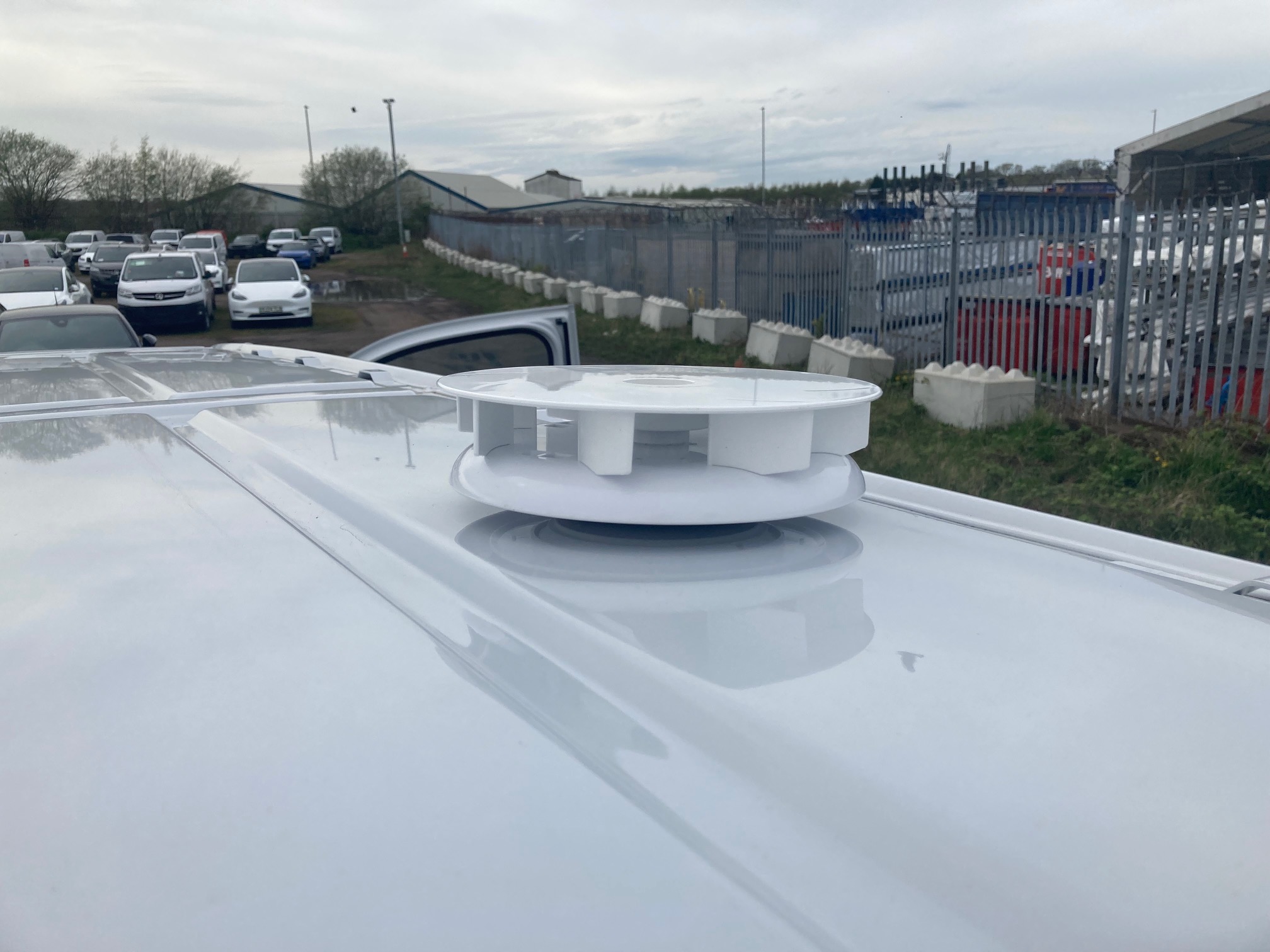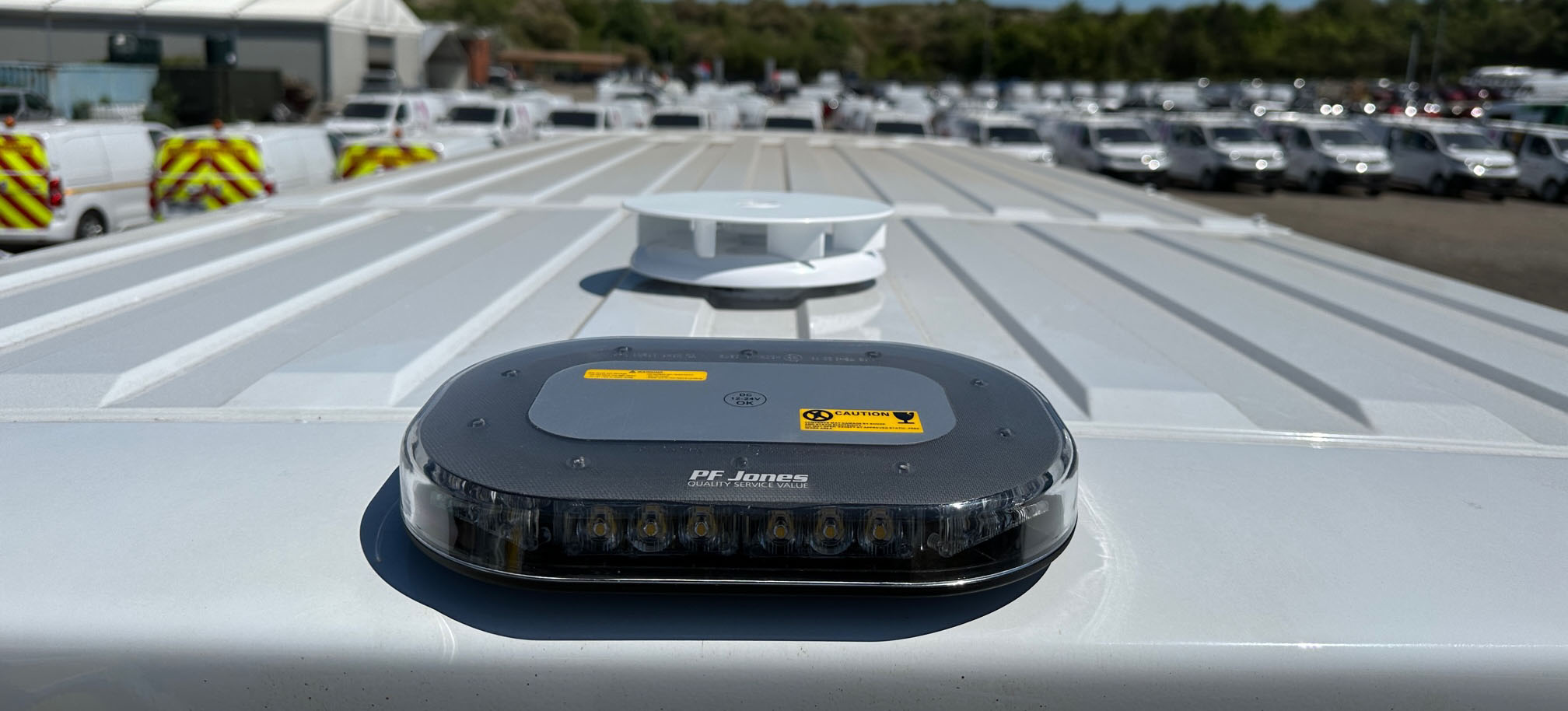
Roof ventilation systems in commercial vehicles are essential for maintaining a comfortable and safe environment inside the cab and cargo space. Proper ventilation helps regulate temperature, reduce humidity, and improve air quality, making it easier for drivers and passengers to work effectively and safely.
Ventilation can be classified into two main types: manual and electric systems, each with its own benefits and applications.
Manual Roof Ventilation
Description: Manual roof ventilation systems typically consist of simple louvered vents or hatch windows that can be opened or adjusted manually by the driver or passengers.
Electric Roof Ventilation
Description: Electric roof ventilation systems utilize powered fans or vents that can be controlled from within the vehicle. They offer enhanced airflow and can operate with greater precision and convenience.
Electric Roof Vents:
Design: These vents feature integrated fans and are mounted into the roof, allowing for adjustable airflow.
Functionality: The fan can be turned on or off and may include multiple speed settings to regulate airflow based on conditions.
Enhanced Airflow: Electric systems can provide greater ventilation than manual options, especially in larger cargo areas or during extreme weather.
Convenience: Operators can adjust ventilation without needing to leave their seat, allowing for better temperature control on the go.
Automatic Control: Some systems can self-regulate, improving comfort without needing constant input from the driver.
Disadvantages:
Higher Cost: Electric systems tend to be more expensive upfront and may incur ongoing maintenance costs due to their complexity.
Dependency on Electrical Systems: Requires proper wiring and reliable power sources; a failure in the electrical system could lead to loss of ventilation.


Considerations When Choosing Roof Ventilation
Vehicle Type: The type of commercial vehicle (e.g., delivery vans, buses, or trucks) will influence the appropriate ventilation solution.
Usage Scenario: Consider the typical working conditions of the vehicle. For example, refrigerated transport might need more robust ventilation options.
Climate: The geographic area in which the vehicle operates should inform the choice.
Hotter climates may benefit more from electric systems, while milder regions may find manual systems adequate.
Installation Requirements: Electric systems may require professional installation, while manual systems might be more straightforward to install as a DIY project.
Budget: Determine an appropriate budget for installation and long-term maintenance costs, balancing initial investment with long-term performance.
Roof ventilation is vital for ensuring the comfort and safety of occupants in commercial vehicles. The choice between manual and electric options will depend on budget, ease of use, and specific operational needs. Both systems can effectively facilitate air circulation, but understanding their advantages and limitations is essential for making the best choice.
We specialize in providing high-quality roof ventilation solutions tailored for commercial vehicles. Our team of experts can help you select the right system for your specific needs, ensuring optimal comfort and safety for your drivers.



